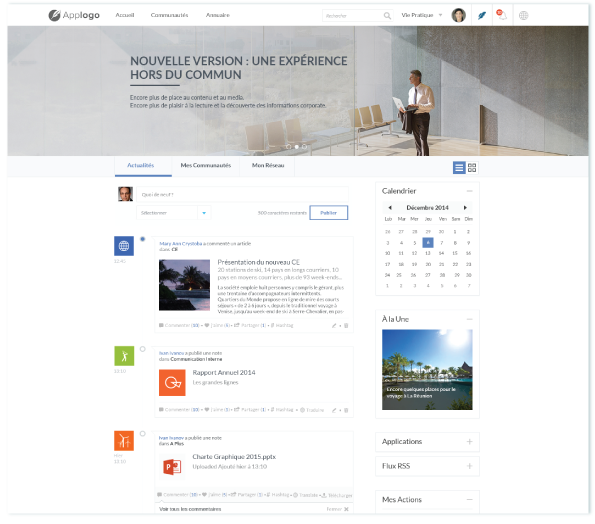Lively Software : Streamline Workflow with Leading Project Management Tool

Lively Software: in summary
Lively Software is designed to optimise your project management processes, serving small and medium-size enterprises looking to improve productivity. Key features include an easy-to-use task management system, real-time collaboration tools, and advanced analytics for informed decision-making.
What are the main features of Lively Software?
Task Management System
Lively Software’s task management system offers a comprehensive solution for organising your projects effortlessly. You can break down complex projects into manageable tasks, assign responsibilities, and set deadlines, all from a centralised dashboard.
- Task Breakdown: Segregate projects into smaller, manageable segments.
- Assignments: Assign tasks to team members with clear descriptions.
- Deadline Setting: Deadlines help ensure timely completion of tasks.
- Progress Tracking: Visual indicators to monitor task progress.
Real-Time Collaboration Tools
Enhance team collaboration with robust real-time communication and collaboration tools. These tools empower teams to work in sync regardless of geographic location.
- Chat Integration: Built-in chat for instantaneous communication.
- Shared Documents: Collaborate on documents within the software platform.
- Virtual Meetings: Host team meetings without needing external tools.
- Activity Feeds: Interactive feed for real-time updates.
Advanced Analytics and Reporting
Lively Software provides advanced analytics that offer a comprehensive overview of your projects. With real-time data and custom reporting, stakeholders can make informed decisions effortlessly.
- Data Visualisation: Interactive dashboards for visual data representation.
- Custom Reports: Create and adjust reports to fit your specific needs.
- Performance Metrics: Track project and team performance through detailed metrics.
- Predictive Analysis: Forecast potential challenges with predictive analytics.
Its benefits
GDPR
 Lively Software - Generic Home
Lively Software - Generic Home  Lively Software - Visibility of articles and content
Lively Software - Visibility of articles and content  Lively Software - Example canvas
Lively Software - Example canvas  Lively Software - Easy Media Management
Lively Software - Easy Media Management 



Lively Software: its rates
Cloud
Rate
On demand
On Premise
Rate
On demand
Clients alternatives to Lively Software

Boost your team's collaboration and communication with this powerful Enterprise Social Network software.
See more details See less details
With intuitive tools for sharing information, managing tasks, and connecting with colleagues, this software streamlines workflows and enhances productivity. Its robust security features ensure your data remains private and secure.
Read our analysis about Hearsay SocialTo Hearsay Social product page

Boost productivity with an ESN software that streamlines communication, collaboration and knowledge sharing.
See more details See less details
Honey's Enterprise Social Network software is designed to connect teams, departments and locations in a secure and user-friendly platform. With features such as instant messaging, file sharing, project management and discussion forums, Honey enables employees to work together efficiently and effectively.
Read our analysis about HoneyTo Honey product page

Boost productivity with an ESN software that streamlines communication, collaboration and knowledge sharing.
See more details See less details
With an intuitive interface and advanced features, this ESN software allows teams to easily connect, share ideas, and work together seamlessly. From discussions and file sharing to project management, this tool is designed to improve productivity and create a more engaged workforce.
Read our analysis about Hoop.laTo Hoop.la product page
Appvizer Community Reviews (0) The reviews left on Appvizer are verified by our team to ensure the authenticity of their submitters.
Write a review No reviews, be the first to submit yours.
